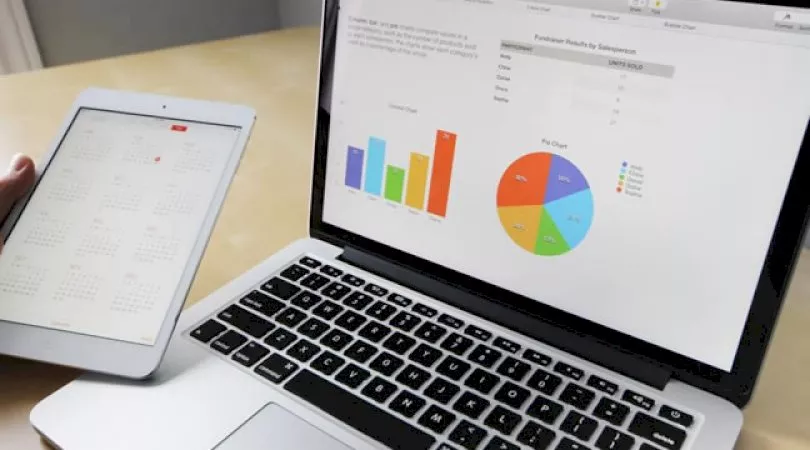SEARCH

Measuring the 'total cost of ownership'

Measuring the 'total cost of ownership'
The total cost of ownership can be measured over the life of the product, whereas for a service it needs to be measured on an ongoing basis.
For example, buying an electric car versus a petrol-driven car.
There may be an upfront premium required for an electric car, but this can be justified, as over the life of the car there may be lower fuel and maintenance costs.
However, for services like software, which need to be utilised every day, the calculation involves both direct and indirect costs.
These costs may be associated with licensing, deploying and achieving stated outcomes.
Advice practices are becoming more and more reliant on technology in delivering their value propositions to clients, the administration of practice activities, keeping up with compliance requirements and performing revenue management tasks.
In some instances it may be one piece of technology performing these tasks, or it could be combination of several tools working in unison to achieve these outcomes.
Given the related complexities, all technology solutions have inherent costs associated with them, which can be additional to direct out-of-pocket costs.
It is important to measure and compare these costs to determine the value for money of each technology tool.
Of course, there are challenges in calculating some of these costs to the last dollar. However, there are guidelines that can be followed to measure the total cost of ownership.
The table below lays out the top costs for advice practices to consider when evaluating their current software.
Measuring productivity loss
Measuring the cost of lost productivity can be tricky.
However, where the practice has established the 'charge-out rates' for their staff, this cost can be estimated in a rational way, applying both objective and subjective measures to each of the above cost elements.
For example, if you have a staff member on a salary of $75,000 plus super, most law firms and accounting firms will have this staff member's charge-out rate between $90 and $120 per hour.
So this rate can be applied to measure the cost of loss of productivity for this staff member.
As demonstrated here, the indirect costs can add up very quickly for a decent-sized practice.
Time that can be utilised to refine and deliver client outcomes is often spent on mundane tasks.
From a purely costs point of view, a discount factor can be applied to these rates, however costs need to be measured with respect to how they are affecting overall profitability, not just the outright staff salary costs.
At the institutional level, some of these costs are not transparent and individual practices have not been directly exposed to these costs.
Institutions have been absorbing some of these costs; however, the real benefits never reached the underlying practices as in most instances they needed to redo the same work or they had not been able to instil adoption of software within the practice.
For an IFA practice or independently minded practice, these costs could be a make-or-break scenario, as a significant proportion of profitability may depend upon how well these costs are kept under control.
For institutions, awareness about the total cost of ownership is growing, as it is not only about the cost; the systems that are not or cannot be intuitively configured can create a whole lot of uncertainty and dissatisfaction within practices.
Gundeep Sidhu is the managing director of AdviserLogic.
Subscribe to our Newsletter
We Translate Complicated Financial Jargon Into Easy-To-Understand Information For Australians
Your email address will be shared with nestegg and subject to our Privacy Policy
